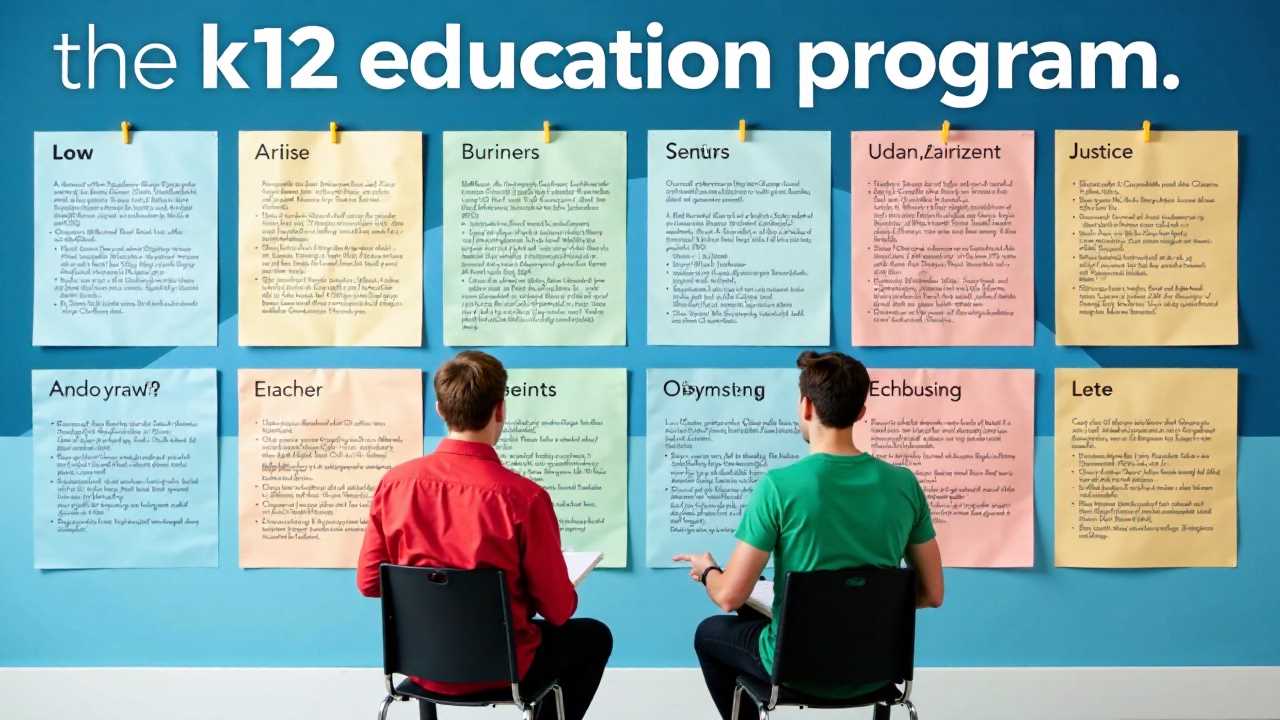
Art education for K-12 is a vital component of a well-rounded educational experience, fostering creativity and critical thinking in students. As we navigate the complexities of modern education, it becomes increasingly important to empower art teachers with the tools and strategies necessary to inspire their students. This article explores how innovative curriculum development and creative pedagogy can transform K-12 art education, enhancing student engagement and promoting effective art integration across disciplines.
The Role of Art Teachers in K-12 Education
Art teachers are the backbone of any art education program, serving as mentors and facilitators of creativity. Their ability to connect with students and cultivate a passion for the arts is essential. By providing ongoing professional development and support, educational leadership can empower art teachers to implement innovative teaching methods that resonate with diverse learners. This not only enhances their teaching effectiveness but also enriches the overall educational experience for students.
Innovative Curriculum Development
Curriculum development in art education must be dynamic and responsive to the needs of students and the evolving landscape of the arts. A well-structured curriculum should integrate various art forms and encourage interdisciplinary connections. This approach not only enriches students' understanding of art but also fosters critical thinking and problem-solving skills. By involving art teachers in the curriculum development process, schools can ensure that the content is relevant, engaging, and aligned with educational standards.
Creative Pedagogy: Engaging Students
Creative pedagogy is essential for engaging students in the learning process. By employing diverse teaching strategies—such as project-based learning, collaborative art projects, and technology integration—art teachers can create an inclusive and stimulating environment. This approach encourages students to express themselves and explore their creativity, ultimately leading to higher levels of student engagement and achievement. Furthermore, incorporating student feedback into lesson planning can help tailor the learning experience to meet individual needs.
Art Integration Across Disciplines
Art integration is a powerful strategy that enhances learning across various subjects. By incorporating art into subjects like science, mathematics, and language arts, educators can create a more holistic learning experience. This not only reinforces students' understanding of core concepts but also allows them to see the relevance of art in everyday life. Art teachers play a crucial role in facilitating these connections, helping students to appreciate the interdisciplinary nature of knowledge.
The Importance of Educational Leadership
Effective educational leadership is critical in transforming K-12 art education. Leaders must advocate for the arts, ensuring that art programs receive the necessary resources and support. By fostering a culture of collaboration and innovation, educational leaders can empower art teachers to take risks and experiment with new teaching methods. This support is essential for cultivating a vibrant arts community within schools, ultimately benefiting students and the broader educational landscape.
Conclusion
Transforming K-12 art education requires a multifaceted approach that empowers art teachers through creative pedagogy and engaging curriculum development. By prioritizing student engagement and art integration, educational leaders can create an environment where creativity thrives. As we continue to evolve in our educational practices, it is essential to recognize the invaluable role of art education in shaping the minds and hearts of future generations.
 Careers in EducationElementary EducationHigh School EducationEducational TechnologyTeaching StrategiesSpecial EducationPrivacy PolicyTerms And Conditions
Careers in EducationElementary EducationHigh School EducationEducational TechnologyTeaching StrategiesSpecial EducationPrivacy PolicyTerms And Conditions
